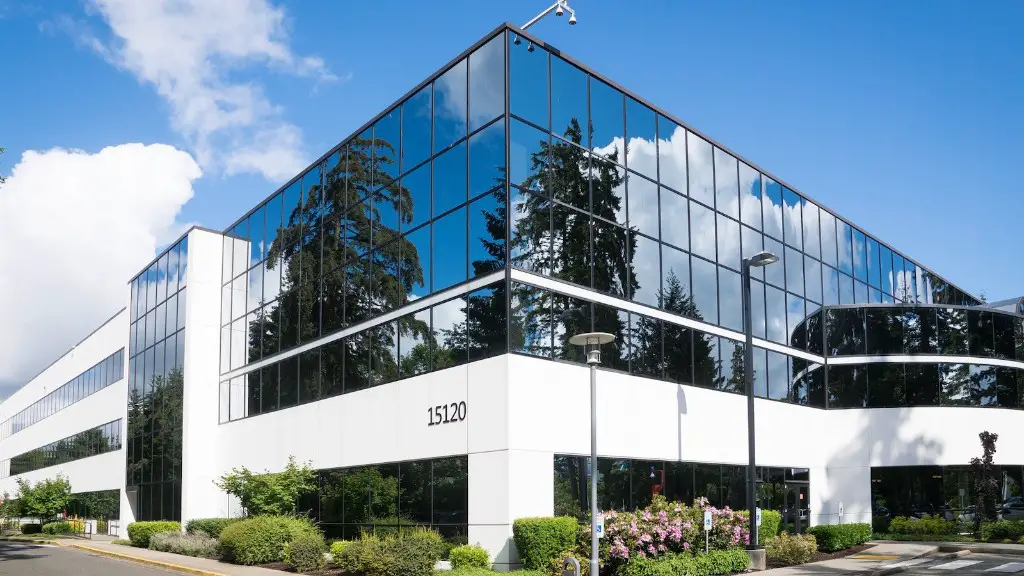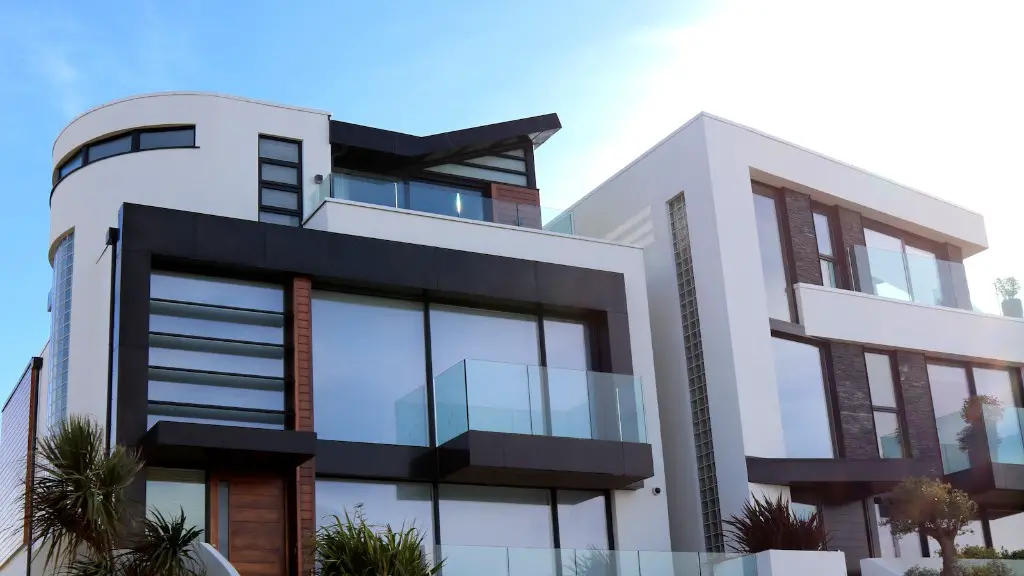The Human Need For Space
Space is a fundamental human need. It is not just physical but also a psychological need that defines our collective actions and identities. Architecture has always been an art form focused on how we inhabit space as well as how we interact with it. It is not just a means to an end, but also a way of gathering recognition and expressing creative ideas. Space thus plays a crucial role in architecture, both in terms of its physical expression and the psychological well-being of those who inhabit it.
The Impact Of Space On The Perception Of Architecture
Space has a significant impact on the perception of architecture. According to urban theorists, space has always been closely linked to the perception of materiality, as it is intimately intertwined with space. Thus, space is not only a concept but also a physical form that can be manipulated by architects to create a more meaningful, memorable experience for the observer. Architects are able to highlight certain elements of their designs through the use of space, thereby allowing the observer to experience a more vivid and impactful aesthetic.
The Meaning Of Space In Architecture
Space in architecture has both a practical and a symbolic meaning. On the practical level, architecture requires physical space in order to be achieved — it requires a designated site, a defined volume, as well as specific forms and materials to craft it. On a symbolic level, however, space can be used to convey certain messages, particularly those pertaining to the power dynamics between people or between people and their environment. For this reason, the amount of space, its configuration and its relationship to the overall design are all important factors to consider in any architecture project.
The Role Of Space In Urban Design
Space is also important in urban design. Urban spaces are often used to define and shape the identity of the community, with various elements such as parks and public spaces serving as points of social interaction. In addition to this, spaces are also used to regulate traffic and facilitate transportation, as well as to create certain effects such as allowing for the development of small businesses or providing privacy for citizens. Thus, urban designers must be aware of the relationships between space and community identity as well as the effects of space on the daily lives of city inhabitants.
The Significance of Space In Design Process
The significance of space has also been recognized in the design process. For example, when deciding on a building plan, architects take into consideration the size and shape of the space, the type of materials that should be used, the orientation of the building and its relationship to the surrounding environment. All of these factors directly impact the overall design of a space and therefore need to be carefully considered. In addition, the use of space to create different atmospheres within a space is also an important factor. This can be done by varying the texture and color of the materials and furniture used, as well as the height of different ceilings and the use of lighting.
The Role Of Space In Aesthetic Reflection
The use of space in architecture is also important in terms of producing aesthetic reflections. Through the careful arrangement of different spaces and their relationship to one another, an atmosphere can be produced that will affect the viewer in various ways. For example, the use of curved walls in a room can create a sense of intimacy, whereas the use of hard, angular surfaces can create a sense of tension and power. Thus, architects must be keenly aware of the role of space in terms of its effects on the overall aesthetic of a building.
The Impact Of Technology On Space
Technology has also had a significant impact on the use of space in architecture. Through the use of computer-aided design software and other technological advances, architects have been able to utilize the space in new ways, such as through the creation of virtual spaces or the manipulation of physical space with the aid of sensors and other devices. This has allowed architects to create new and innovative designs which can often be adjusted in real-time.
Exploring The Interrelationship Between Architecture And Space
The interrelationship between architecture and space is a fascinating and complex one. Space is an important part of any architecture project and its contribution to the overall success of a design should not be overlooked. By understanding the significance of space and the various ways in which it can be used, architects can create spaces that not only provide functional and aesthetic value, but also a sense of place within the community.
The Potential Of Space For Communal Consciousness
Space has the potential to nurture communal consciousness. By understanding the role space plays in defining a community’s identity, as well as its capacity for fostering interactions between people, architects can create an architecture that encourages meaningful connections between its inhabitants. This can be achieved through the careful use of specific spatial elements and the integration of public spaces into the design.
Addressing Ethical Concerns With Regard To Space
When considering the ethical implications of space in architecture, it is important to consider the potential for the exploitation of space. Large-scale projects often require the displacement of people and the destruction of existing spaces, and architects must be aware of the ethical considerations that come with such projects. This is even more crucial when it comes to projects set in sensitive environments, such as heritage sites or areas of cultural significance. In such cases, it can be crucial to negotiate with local residents and seek the consent of the community before proceeding.
Evaluating Public Spaces In Terms Of Environment And Inclusivity
To understand the full impact of space in architecture, it is necessary to evaluate the public spaces created by it. The design of public spaces should always strive for balance — for instance, there should be enough room for multiple activities as well as for relaxing, and the space should be welcoming and accessible to all groups of people. Education and awareness must also be taken into account, as public spaces can serve as a platform for open dialogue and learning.
The Impact Of Space On Economy
Finally, space in architecture also has an influential role to play in the economy. Spaces that provide for the needs of the local community can attract tourists and businesses, thus supporting the local economy. In addition, the design of spaces is important for the efficient use of resources. For example, the introduction of green and sustainable technologies can help reduce energy costs, while also providing a pleasant and welcoming atmosphere.
Exploring The Role Of Space As A Platform For Expression
Space can also be used as a platform for expression and creativity by artists. By manipulating the space through the use of different materials and designs, artists can create unique pieces of art with their own special character. Through this, art can be promoted and shared through public spaces, creating a dialogue between citizens and celebrating the culture of the community.
The Potential Of Space For Social Development
The use of space in architecture has tremendous potential when it comes to social development. By creating public spaces that encourage public engagement and interaction, architects can promote understanding and mutual respect amongst diverse groups and foster positive change within a community. Additionally, they can create spaces that enable people to think creatively and collectively, thereby advancing their quality of life.
The Justification Of Scale And Proportion In Space
The scale and proportion of space is also an important factor to consider in order to create an effective design. By assessing the context of the space, architects can determine the optimal size for a space, taking into account both the practical demands of the project and the safety of those inhabiting it. Furthermore, the strategic use of scale and proportion can be used to create a sense of balance, order and harmony in any given space.
The Significance Of Space For Creativity And Innovation
In addition to being a functional element of design, space can also be used as a tool for creativity and innovation in architecture. By enabling architects to explore new possibilities and concepts, space can become a catalyst for creative thought, fostering experimentation and original ideas. Furthermore, the use of space to explore alternative approaches to design can lead to more sustainable and resilient solutions.



